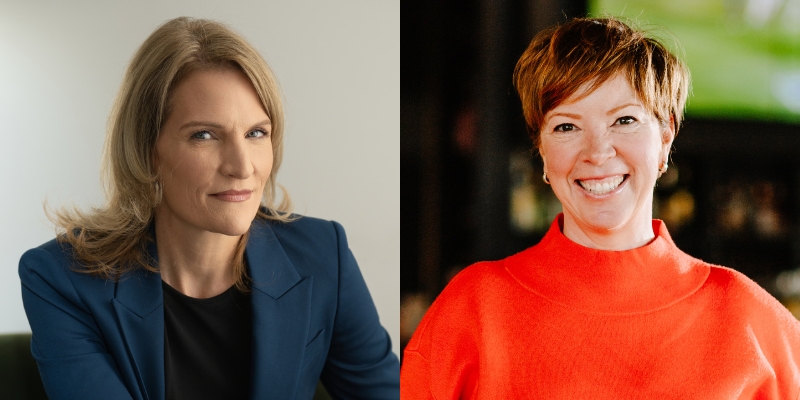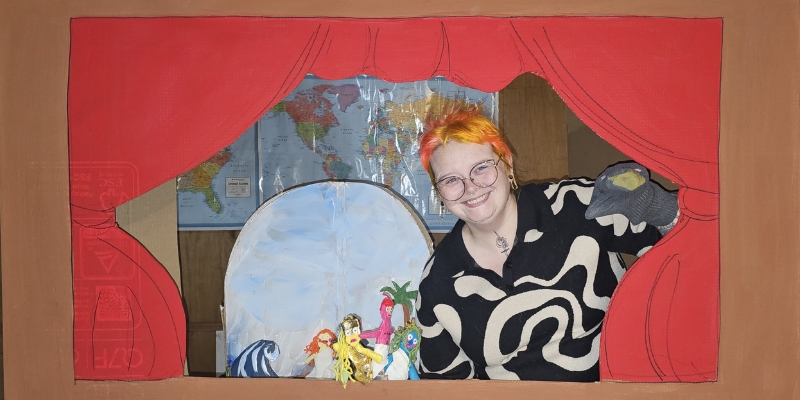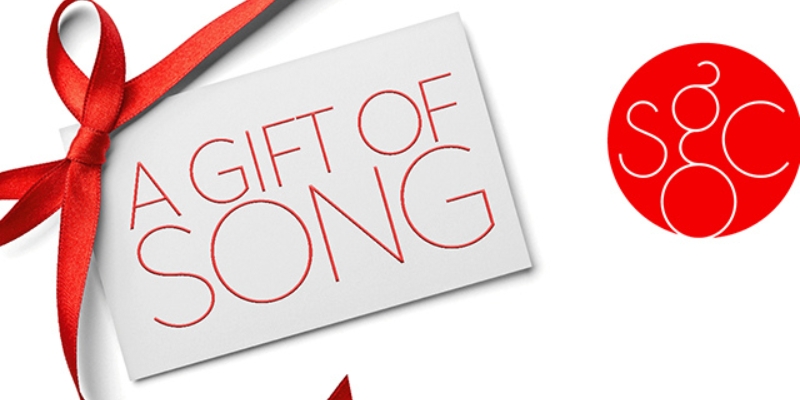Many in the Northwest consider the orca to be our region’s unofficial mascot. But how did we come to love orcas so much in the first place? Environmental and International History Professor Jason Colby will be joining us on June 5 (just in time for Washington’s Orca Awareness Month!) to take us on a deep dive into our society’s intricate history with killer whales. In the meantime, Colby sat down with Town Hall’s Alexander Eby to discuss all things orca—from etymology to questions about captivity to the rituals of our resident orca pods.
AE: I wanted to ask you about the title of your book, Orca: How We Came to Know and Love the Ocean’s Greatest Predator. Can you tell me a little bit about that moniker, ‘the ocean’s greatest predator?’
JC: Well, the orca is really the undisputed apex predator of the ocean. When it comes to prey, they’re specialist hunters. You’ve got so-called “transient” killer whales that focus on marine mammals: seals, sea lions, and even some smaller baleen whales. You have the salmon-eating specialists that are famous in our area and others that focus on sharks or stingrays. But everywhere in the world orcas eat what they want and nothing preys upon them.
AE: Are there any reported cases of orcas harming humans?
JC: There’s one case of a young surfer who was bitten on the leg by a killer whale, but it was probably a case of mistaken identity—the whale probably thought he was a seal or sea lion. There was also a famous Arctic expedition in the early 20th century where a photographer was on the ice and a pod of orcas approached him and started breaking the ice apart. It’s possible they were just curious. It’s possible they were investigating the expedition’s dogs, thinking they were seals or sea lions. The photographer ran across the ice and got away safely, but that account was then published all over the world. It created this perception of the killer whale as an extraordinarily dangerous and formidable predator. There were certainly stories among sealers in Seattle and Victoria of dangerous encounters with killer whales, but no documented attacks that seemed intentional.
AE: If they don’t typically harm humans, what earned them a name like “killer whale?”
JC: The origin of the name almost certainly comes from the Basque and then Spanish and Portuguese assassino de baleias, or “whale killer,” which was likely transposed in English as “killer whale.” That name would have originated among fishermen and whalers who saw orcas attacking much larger whales. If you step back to a period prior to when we saw these animals with affection and imagine what they looked like to the humans who had never seen them before—immense predators with jet-black skin and wolf-like teeth—it’s understandable that we would find them frightening. Humans have a long history of being unsettled by sharp-toothed predators. It must have been pretty easy to imagine that we could wind up on the menu.
We use the name orca now, and we’ve convinced ourselves that it sounds friendlier and more complimentary than killer whale. But the name appears in the works of many 19th and early 20th century writers from a time when we still saw orcas as dangerous. These writers knew their Latin, and dubbing the whales “orca” was meant to convey a much more frightening image. In Latin, Orcinus Orca essentially means ‘demon from the Netherworld.’
AE: That is rather evocative. But we don’t think of them that way anymore. What’s been responsible for the change in public opinion over the last few decades?
JC: Up until the early-to-mid 1960’s this was a species that was still considered a potential threat to human beings. More importantly, this was a species that was viewed as a threat to more valuable resources like salmon and seals, which were being harvested for profit. Orcas were considered a vermin species, much in the same context of wolves, bears, and cougars across North America. It wasn’t until the early to mid 1960’s when the encounters with live killer whales in captivity began to transform public opinion. Seattle is really at the heart of this story. On Pier 56 there was a private Seattle Marine Aquarium, which no longer exists today. The aquarium’s owner Ted Griffin was on a quest to befriend a killer whale.
AE: Was he one of the first ones to see orcas as intelligent creatures rather than just pests?
JC: There were others that were interested in observing them, but Griffin was the one who showed the world that they’re intelligent creatures and potentially friendly to people. Canadian fisherman up north accidentally caught a couple of killer whales in their nets, and Griffin figured out a way to build a floating cage around one of these whales and bring it down to Seattle. This hundreds-of-miles-long journey of this floating cage became front-page headline news, not just in Seattle but across the world. Griffin traveled with this whale, which had been named “Namu,” and they arrived in Seattle right before Seafair in 1965. And there was a massive celebration on the waterfront with a huge crowd gathered to welcome them.
Namu became the first whale to ever perform for people in public—and perhaps even more important is that Griffin himself became the first human being, that we know of, to swim with a killer whale. This was a revelation to people, to scientists and naturalists and writers. Most people thought that if he got in the water with this animal it would tear him apart. Instead he befriended this animal and started performing with it. This relationship, this connection between Griffin and Namu, was really transformative to the way the world saw this predator.
AE: Because killer whales became such an icon in this context of captivity, there’s a complex discussion still going on about killer whales in captivity today. What’s your perspective on killer whales in captivity?
JC: So the purpose of writing my book was to almost be a prequel to the 2013 documentary Blackfish, which was very successful in focusing people’s attention on orca captivity. But the film was successful in part because people cared so much about orcas already. My aim was to tell the story of why we cared so much about orcas in the first place.
I always like to contextualize this historically. Keeping killer whales in captivity played a critical role in transforming people’s views of this animal, but obviously the context of the 1960’s and 70’s is different from today. I think that most scientists now would say that the research that can be done on these animals in captivity has been done, so it’s hard to make the argument that we need to keep killer whales in captivity to study them. But it’s worth remembering that most of the killer whales in captivity in North America are captive-bred. I don’t say that to diminish the animal rights question. Rather, I say it to point out that what happens with animals bred in captivity doesn’t have a lot of bearing on the survival of killer whales in the wild.
I worry that the focus on the moral question of captivity takes attention away from the overarching threats to wild killer whale populations. Our region’s resident killer whales used to number around 250 and now number at 76—and they’re probably in an extinction spiral. The biggest threats to killer whales aren’t aquariums or corporations in Orlando that are keeping a few orcas in captivity. With the growing prevalence of fisheries and pipelines, even here in the Northwest, there are factors that threaten killer whales on a much larger scale.
Food scarcity is a major issue due to growth of commercial fisheries and sport fishing. We also see pollution from increased tanker traffic contaminating their habitats—and even the noise from the tankers can be damaging. Orcas are acoustic animals, and the louder our waters get the more difficulty they have hunting and communicating. So as compelling as the moral question of captivity is to us, it’s not related to these factors which I believe are a much greater threat to the species.
AE: Is there something that you wish people understood about orcas?
JC: One of the things that struck me as I studied orcas is that they are extraordinarily close-knit socially. Our resident Northwestern pods are multi-generational and matriarchal, with extraordinarily long-lived “grandmothers” who can lead their families for nearly a hundred years. Over that time these killer whale pods have developed their own traditions, memories, and itineraries of this region.
For example, take the northern resident killer whales who travel between mid Vancouver Island and southeast Alaska. When they return to northern Vancouver Island in summer they visit these beaches—”rubbing beaches,” people call them—where they take turns rubbing up against these small round rocks. Their visits to this “whale spa” have been observed for generations.
And of course the southern residents have their own rituals. Probably their most famous one is the “greeting ceremony.” The southern residents have three distinct pods: J, K, and L. When the pods come together they line up abreast a few hundred yards apart and pause for a few minutes, then suddenly bolt forward into this large frolic. It’s really fascinating to watch.
They’re remarkably sophisticated animals with their own cultures, their own rituals, their own memories. And I do wonder how they interpret the changes that we’ve imposed on their ecosystem. It’s been transformed incredibly rapidly in a short period of time, and one wonders what they make of it.
Don’t miss Jason’s event on Tuesday, June 5. Get your tickets here.


